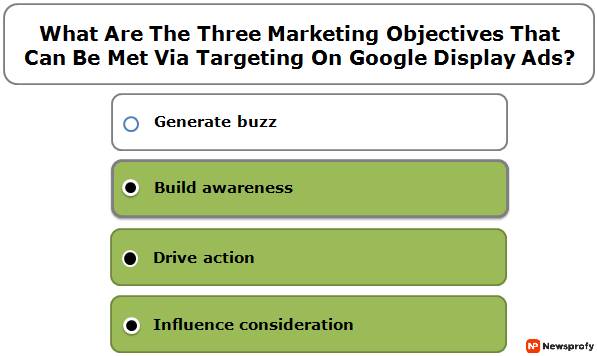How To Sell An Idea? How To Earn From It!

Do you have a keen inventing mind but lack the head for business? You can learn how to sell an idea and make money from it. You may also be good at both but prefer focusing your time on idea development instead of launching a business.
What you need to do is license your invention idea. It means that you will sell your idea to a different company that will develop it fully. If you have financial limitations, licensing will also be a great option for you. Here are the main steps on how to sell an idea and make money from it.
How To Sell An Idea
1. Gather Information
With the current information age, you will be better off when you are armed with more information. It is a crucial step when you want to license your idea. You need a clear understanding of the following areas before you even approach a prospective company to sell your business idea:
Know Your Market: You need to gather as much information as you can with regard to your invention idea. Hosting focus groups among your family and friends is a good starting point. Compile data on competing and similar products.
Do the Necessary Legal Legwork: Understand whether your invention idea is patentable or if you can produce it without infringing on the already filed patents. You also need to gather as much info as possible regarding the necessary legal steps and regulatory issues.
Look in the Production: It is extremely helpful to learn about the process of production especially if the invention requires unusual manufacturing techniques and unique materials.
2. Prepare A Professional Presentation
After gathering all the information that you need, you have to present it to the potential licensors. A three-dimensional prototype model is the most effective tool to use here. Also, create a simple sales sheet that conveys all the information that you have collected.
The sheet should be one or two pages and it should clearly state the challenge, problem, or need that the product meets. It should also have the benefits and features of the product, the market of your product, and the legal status (trademark, copyright, and patent-pending) of your invention idea.
You also need to create an introductory letter that will accompany the sell sheet. It should introduce you, tell why you are contacting the licensee, and set a preferred follow-up plan.
3. Pinpoint Your Targets
By now, you have gathered your information and prepared it. You now have to find the appropriate contacts for the new business opportunity. You can create a minimum list of fifty prospective targets. However, it is better when you have more prospects because this is a game of numbers.
Most companies will buy your idea depending on the number of prospects that you have. Besides, you will get more effective results if you have a more focused list.
Shop around for companies that will make a good fit for your products. The prior market research will also familiarize you with some of these companies.
Other great sources for these companies are trade associations and online databases. All of them will help you learn how to sell an idea to a company without them stealing it.
4. Qualify Your Targets
Once you have an approximate list of 50 companies, you need to prioritize or qualify them. Start with the ones that fit you and your product best. Here are the top factors to consider when qualifying your prospective licensees.
Size: large companies have massive distribution and are easy to identify. However, small companies stand a higher chance of benefiting more from the invention. The product development staff of small companies is less and has less red tape making it easier to handle.
Geography: Local companies have more benefits but you should not limit yourself to them. Companies in your proximity will help you leverage the contacts that you have and schedule face-to-face meetings.
Similar Product Line: If your invention matches the already existing product line of the company, it will make more sense for them to adopt it. It is even better if the product or service competes with their rival company.
Access to Decision Makers: If you can identify the decision-makers and reach out to them easily, it will make your contact with the prospective licensor more effective.
Company Policy: Some companies have investor-friendly policies for accepting submissions.
The reputation of the Manufacturer: Look at the track record of the company is working with inventors. It is good to look for personal references from those who went ahead of you.
5. Make The Sale
You now have the right info, presentation materials, and a hotlist of prospects. There are no specific rules to use when negotiating a licensing agreement. The perfect deal will give both the manufacturer and you what you exactly need. Thus, the terms tend to vary dramatically and they are completely negotiable.
However, negotiation is a great step when dealing with how to sell an idea. Start by setting realistic expectations especially when it comes to pricing. You can ask for an upfront payment and a minimal annual payment for your invention (gusto). However, the manufacturer will try all that he can to cushion himself against risk.
The top things to consider here include the most competitive up-front payment, royalties, annual minimum, and exclusivity. Analyze everything and make sure that you are getting the best deal from your business idea.
Conclusion
The above five tips will help you learn how to sell an idea. If you are a good investor, it does not necessarily imply that you have to open a business for all your ideas. You can always sell some of your ideas and generate a lot of revenue from them. The most important thing is learning how to sell an idea and earn from it.
Additional Reading:












